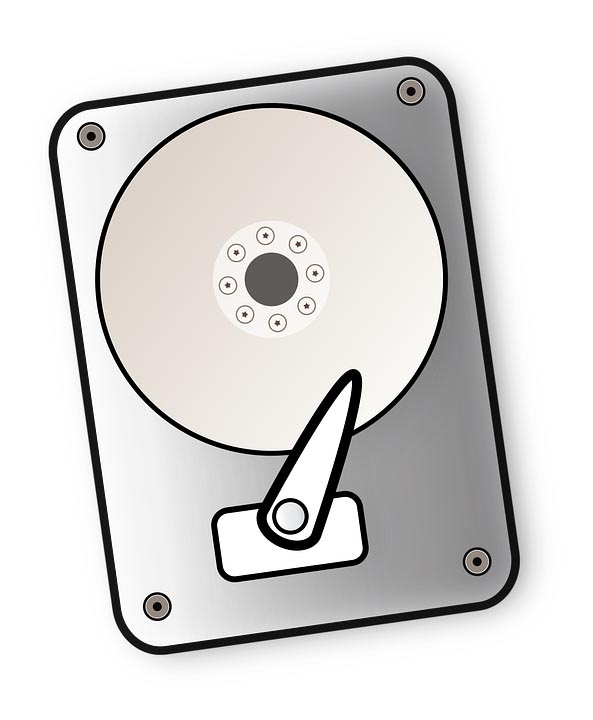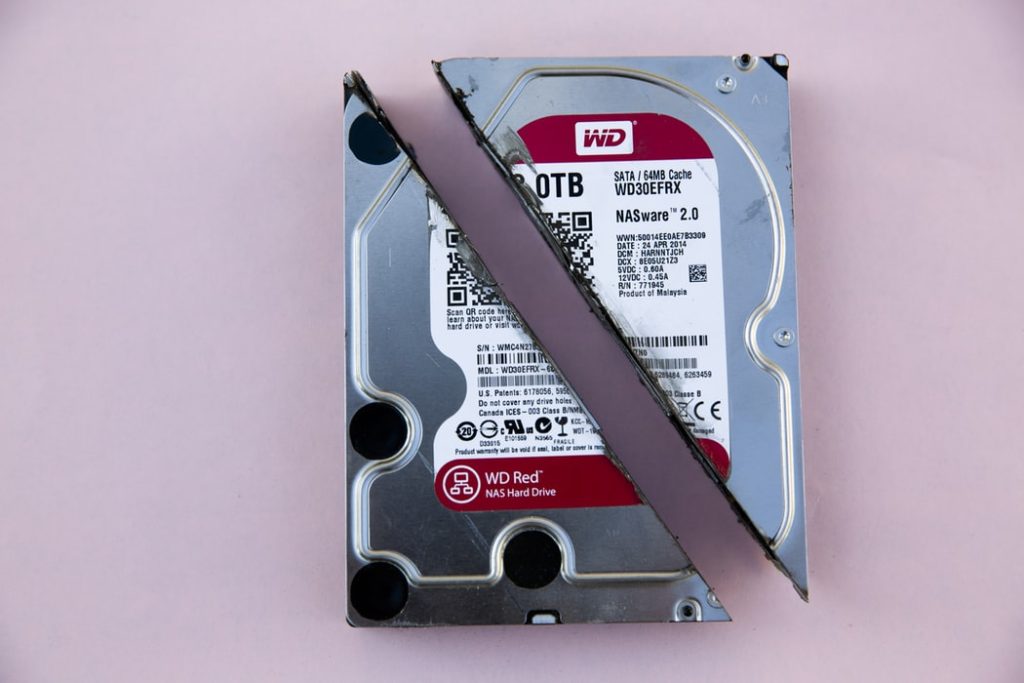My blog focuses on Creating Ecosystems of Success. In many instances we have to make life decisions based upon numbers and data. Those often have to be considered against experience and intuition. The following contributed post is entitled, The Numbers Don’t Lie, But They Don’t Tell the Whole Truth Either.
* * *
We count everything now. Steps, likes, sales, hours “well spent.” The dashboards glow, and we feel safe, because numbers look tidy, and tidy feels true. But life isn’t tidy. It hesitates, doubles back, changes its mind at 2 a.m. A chart can tell you what moved; it can’t tell you why you cared. So yes, the numbers matter, how else do we learn, compare, improve? Still, there’s always a missing page in the report: the part about meaning, timing, luck, fear, courage. The stuff you felt in your gut but couldn’t fit into a cell on a spreadsheet. That’s the gap this piece is about, the bright light of metrics, and the shadows they leave behind.

Via Pexels
Why Chasing Metrics Can Miss the Point
Take a business leader tracking performance. Revenue is up, but does that automatically mean employees are thriving? Maybe people are burned out, quietly searching for jobs that value their humanity over their productivity. The metric says “success,” but the lived experience whispers otherwise.
The same is true in everyday life. If you measure your days only by hours worked or boxes ticked, you might look productive on paper but feel hollow when you pause to breathe. Metrics are snapshots, not portraits. They freeze at one angle, but life is multi-dimensional. When we chase numbers without asking what they really mean, we risk mistaking movement for meaning.
Seeing the Story Behind the Data
Behind every percentage point, there’s context. Behind every graph, there’s a human story. Numbers can open the door to insight, but only if we’re willing to step beyond them.
Think of something like prop firm trading. On the surface, it looks like an endless chase for profit percentages, win rates, and account growth. But what sets skilled traders apart isn’t just their spreadsheets, it’s their ability to interpret what those numbers represent. A streak of wins might highlight discipline and consistency. A string of losses might reveal not failure, but a lesson in resilience. The numbers matter, of course, but the story behind them matters more.
The same holds for data in our personal lives. A scale may tell you your weight, but never your strength, joy, or determination. A bank balance can’t capture generosity or the peace of a debt-free night’s sleep. When you zoom out, you start to see how numbers point to patterns, but meaning lives in the spaces between.
Primary Choice: The Quiet Metrics That Matter
Sometimes it helps to remember that not everything worth measuring can be counted. Think about the quiet victories in a day, the moment you chose patience over anger, the deep breath before a tough conversation, the laugh you shared with a friend when life felt heavy. None of these show up in a spreadsheet, but they carry weight. They shape who you are becoming. When you only chase what you can tally, you risk overlooking the invisible progress that’s slowly but surely changing your life.
Balancing Intuition With Analysis in Real-Life Decisions
Numbers are excellent navigators but lousy authors. They can chart the route, flag detours, and estimate arrival times, but they can’t tell you why the journey matters. Keep the dashboard, yes. Read the gauges. Then lift your eyes to the horizon and choose your direction with a whole mind, not just a tidy spreadsheet.
Conclusion
Let the data speak, but don’t let it have the last word. When you pair measured facts with lived context, curiosity, and a bit of courage, decisions become more than efficient; they become true. That’s the work: to count what counts, and still leave room for what can’t be counted.








